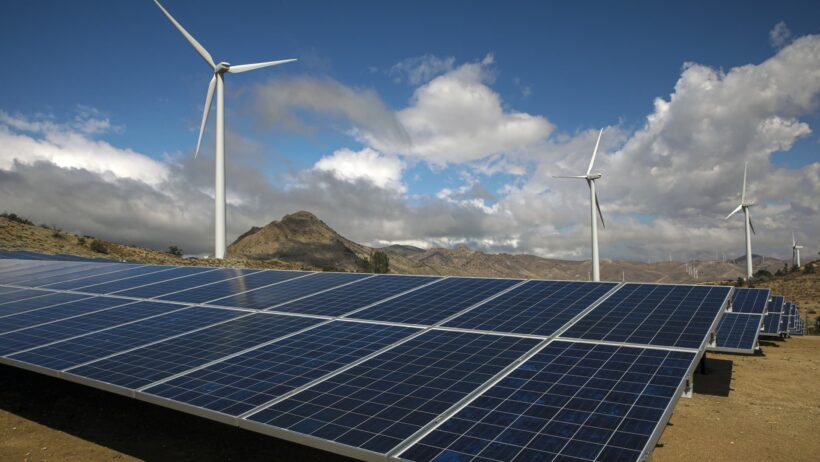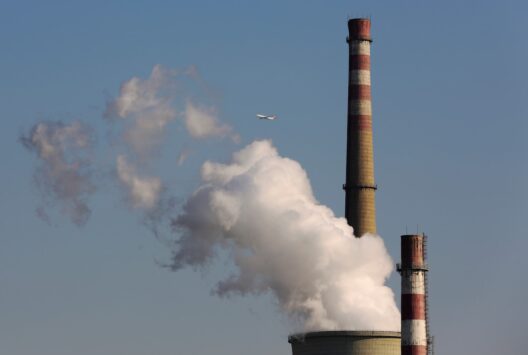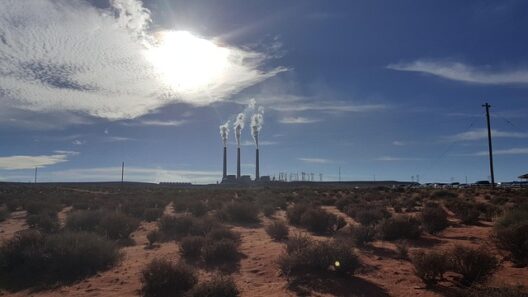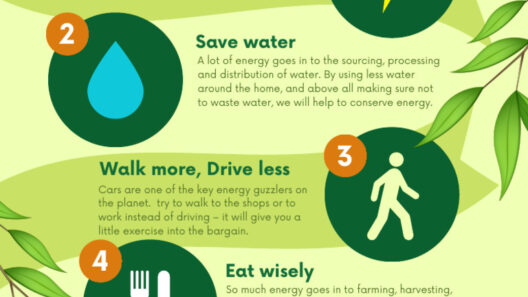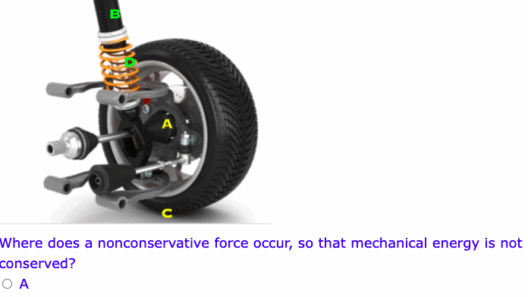Nuclear energy has long been a subject of intense debate among environmentalists, scientists, and policymakers. Its role in a sustainable future poses critical questions regarding the conservation of energy resources, particularly in the face of climate change and the burgeoning demand for clean energy sources. This exposition aims to examine whether nuclear energy can be conserved in a sustainable manner, exploring different nuances, benefits, drawbacks, and other aspects surrounding the topic.
At its core, nuclear energy is generated through nuclear fission—a process where atomic nuclei are split to release significant amounts of energy. This method emits substantially fewer greenhouse gases compared to fossil fuels, making it an alluring alternative in the quest for sustainable energy. However, the discussion does not merely revolve around its clean energy potential; it delves into whether it can be a long-term component of sustainable energy strategies.
One of the primary advantages of nuclear energy is its efficiency. Nuclear power plants can produce vast quantities of energy with a relatively small amount of fuel. A single uranium fuel pellet, roughly the size of a fingertip, can produce as much energy as about a ton of coal. This high energy density implies a reduced demand for raw materials, which can positively impact land use and resource extraction.
Moreover, when operated correctly, nuclear facilities can generate baseload electricity—ensuring a constant supply of energy irrespective of weather conditions. Solar and wind power, while renewable, depend heavily on climatic factors, thus creating inconsistencies in energy supply. Unlike these renewable counterparts, nuclear power can provide a steady and reliable energy source, which is critical for maintaining the balance in energy grids.
However, conservation in the nuclear context transcends merely producing energy; it encompasses the efficient utilization of resources, technology advancements, and waste management. Nuclear reactors, particularly second and third-generation designs, have been developed to use fuel more efficiently and produce less waste. Additionally, there exists a commitment to research new technologies like breeder reactors and thorium reactors. Such technologies have the potential to utilize nuclear fuel more judiciously, thus enhancing sustainability. Breeder reactors, for example, have the ability to produce more fissile material than they consume, effectively recycling nuclear waste into usable fuel.
On the other hand, the challenges of nuclear energy cannot be overlooked. One of the most contentious issues is the handling of radioactive waste. Nuclear reactors produce spent fuel that remains hazardous for thousands of years, necessitating long-term storage solutions. Currently, there are various methods being researched, including geological disposal and on-site storage with advanced containment systems. Effective policy and technological innovations are paramount to ensure that waste management is conducted effectively and safely, safeguarding human health and the environment.
Public perception also plays a crucial role in the sustainability of nuclear energy. Incidents such as Chernobyl and Fukushima have significantly shaped public opinion, leading to widespread distrust of nuclear technology. This sentiment often culminates in political agendas that seek to decommission existing nuclear plants or halt the construction of new ones. Mitigating these concerns requires transparent communication concerning safety measures, advances in reactor technology, and stringent regulatory frameworks. Building trust with communities and stakeholders is essential for fostering a conducive environment for nuclear energy development.
Additionally, the economic feasibility of nuclear energy must be contemplated extensively. The construction and decommissioning of nuclear power plants are capital-intensive undertakings. The costs associated with nuclear energy—ranging from investment in advanced reactors to stringent safety regulations—often result in higher electricity prices. However, when evaluated over the lifecycle of energy production, nuclear power’s long-term benefits, in terms of reduced greenhouse gas emissions and energy stability, may outweigh the initial financial outlay. Integrating nuclear within a diversified energy portfolio—not as a standalone solution but as a complement to renewables—could mitigate costs and enhance energy security.
The potential for nuclear energy to be part of a sustainable future can also be examined through the lens of emerging technologies in energy storage. Innovations are on the horizon aimed at integrating nuclear energy with smart grid technologies and energy storage systems. By aligning nuclear power with advancements in battery technology and grid interoperability, it is conceivable to offer cleaner energy at a reduced cost, thereby acknowledging the interplay between different energy sources.
In conclusion, the question of whether nuclear energy can be conserved in a sustainable way is multifaceted. While it presents various advantages, including efficiency and the potential for reduced carbon emissions, it is counterbalanced by challenges such as waste management, public perception, and economic feasibility. Navigating these complexities necessitates a holistic approach encompassing technological innovation, effective policy, and community engagement. As the global energy landscape continues to evolve, a nuanced understanding of nuclear energy’s role—and its interplay with renewable alternatives—will be critical in guiding future energy strategies. The path forward calls for a convergence of efforts aimed at ensuring energy demands are met without compromising environmental integrity, thereby fostering a balanced and sustainable energy future for generations to come.



